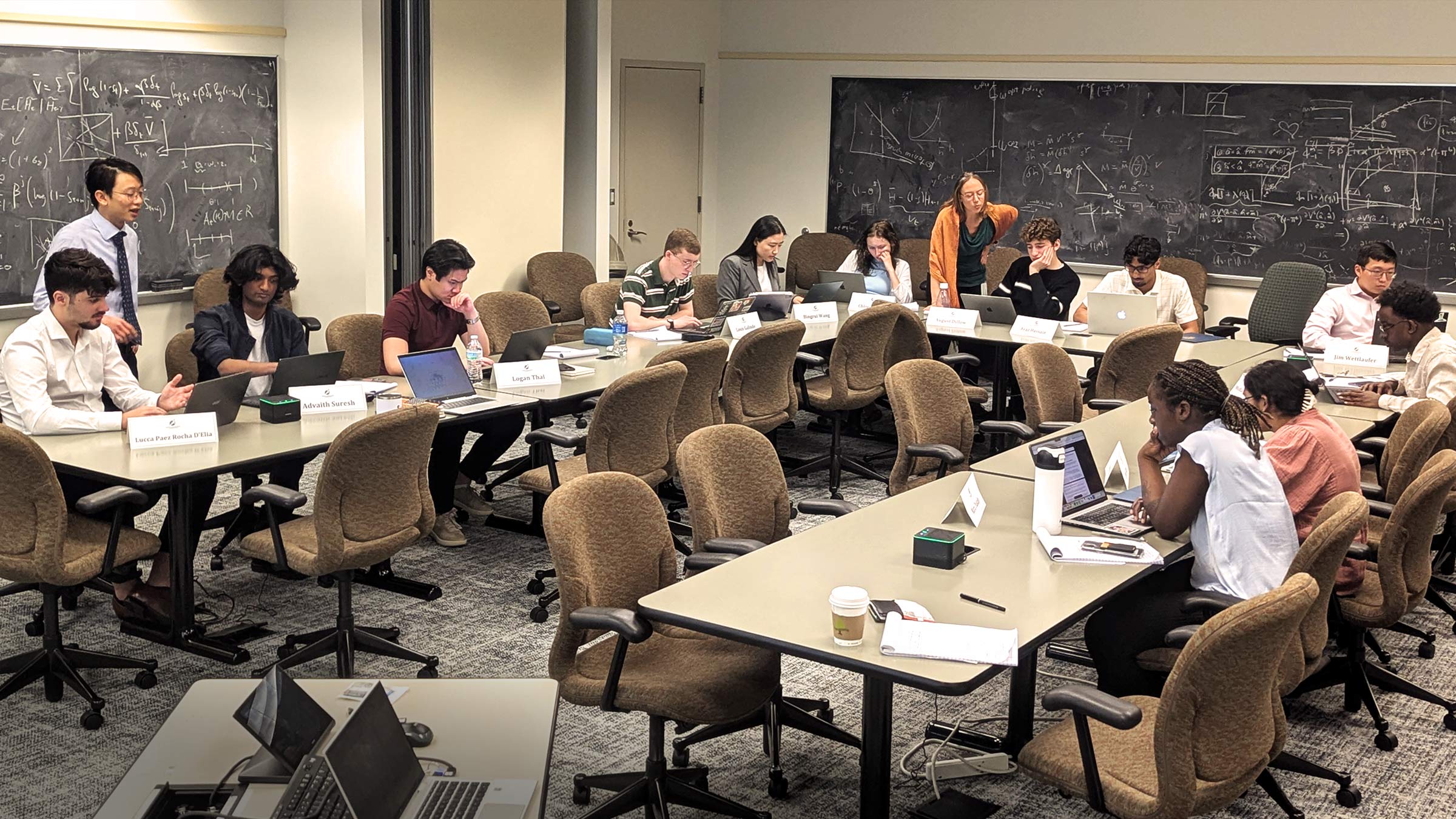Abstract
We harmonize the results of 42 different data sets and studies dating back to the early 20th century to construct a time series of college attendance patterns for the United States. We find an important reversal around the time of World War II: before that time, family characteristics such as income were the better predictor of college attendance; afterwards, academic ability was the better predictor. We construct a model of college choice that can explain this reversal. The model's central mechanism is an exogenous rise in the demand for college that leads better colleges to become oversubscribed. These colleges institute selective admissions and raise their quality relative to the remaining colleges, as in Hoxby (2009). Rising quality at better colleges attracts high-ability students, while falling quality at the remaining colleges dissuades low-ability students, generating the reversal.






